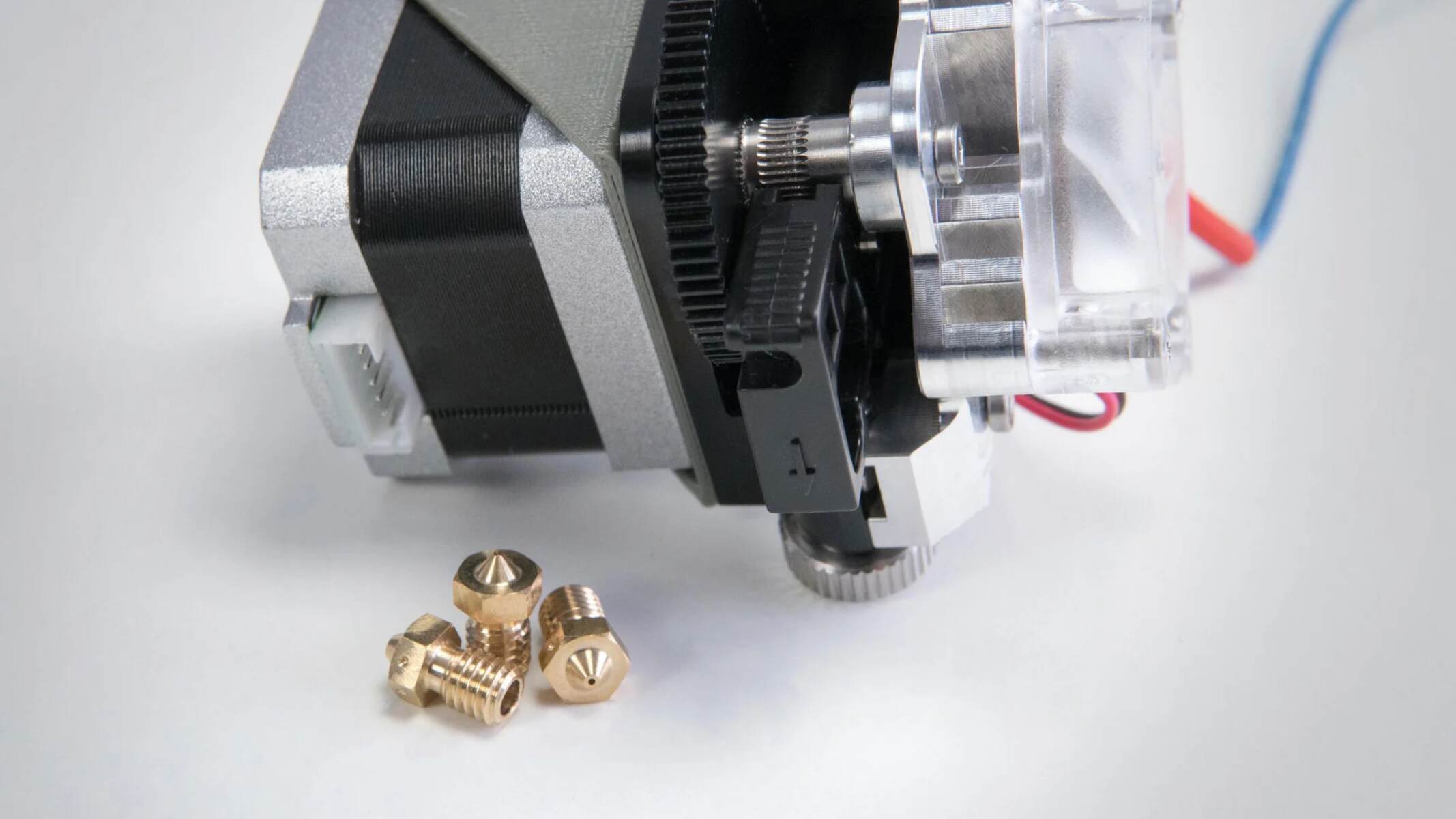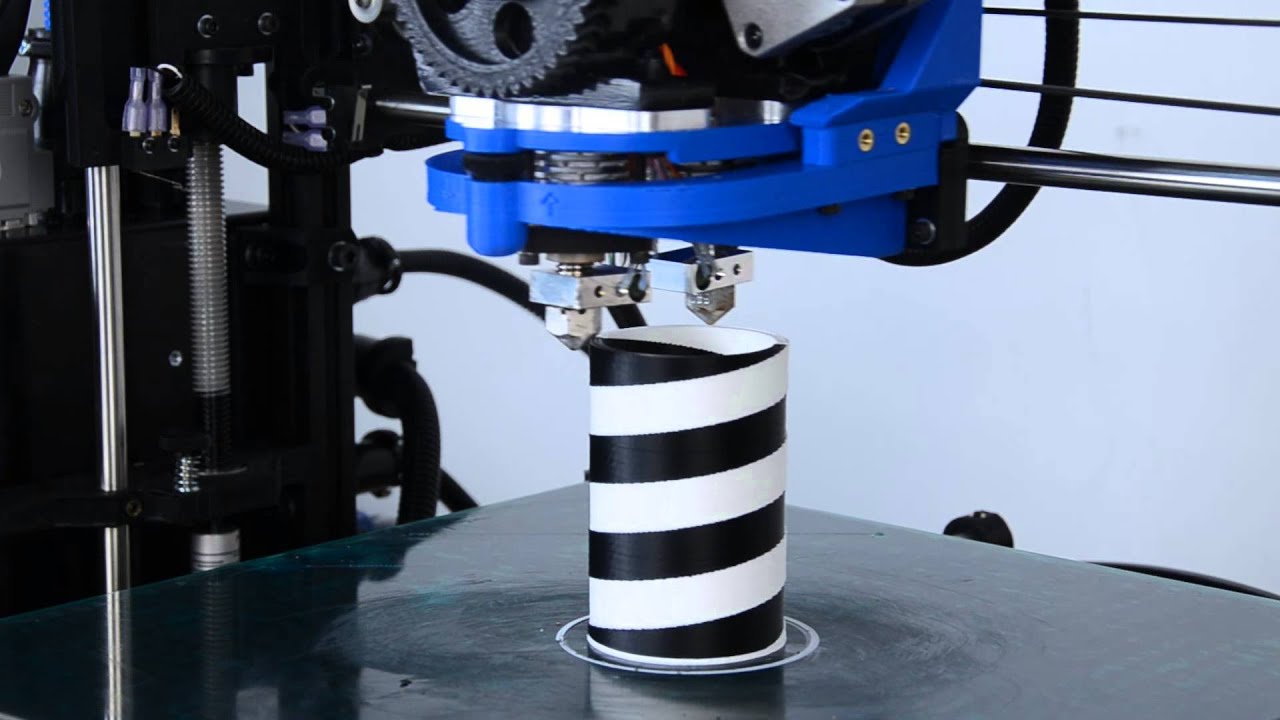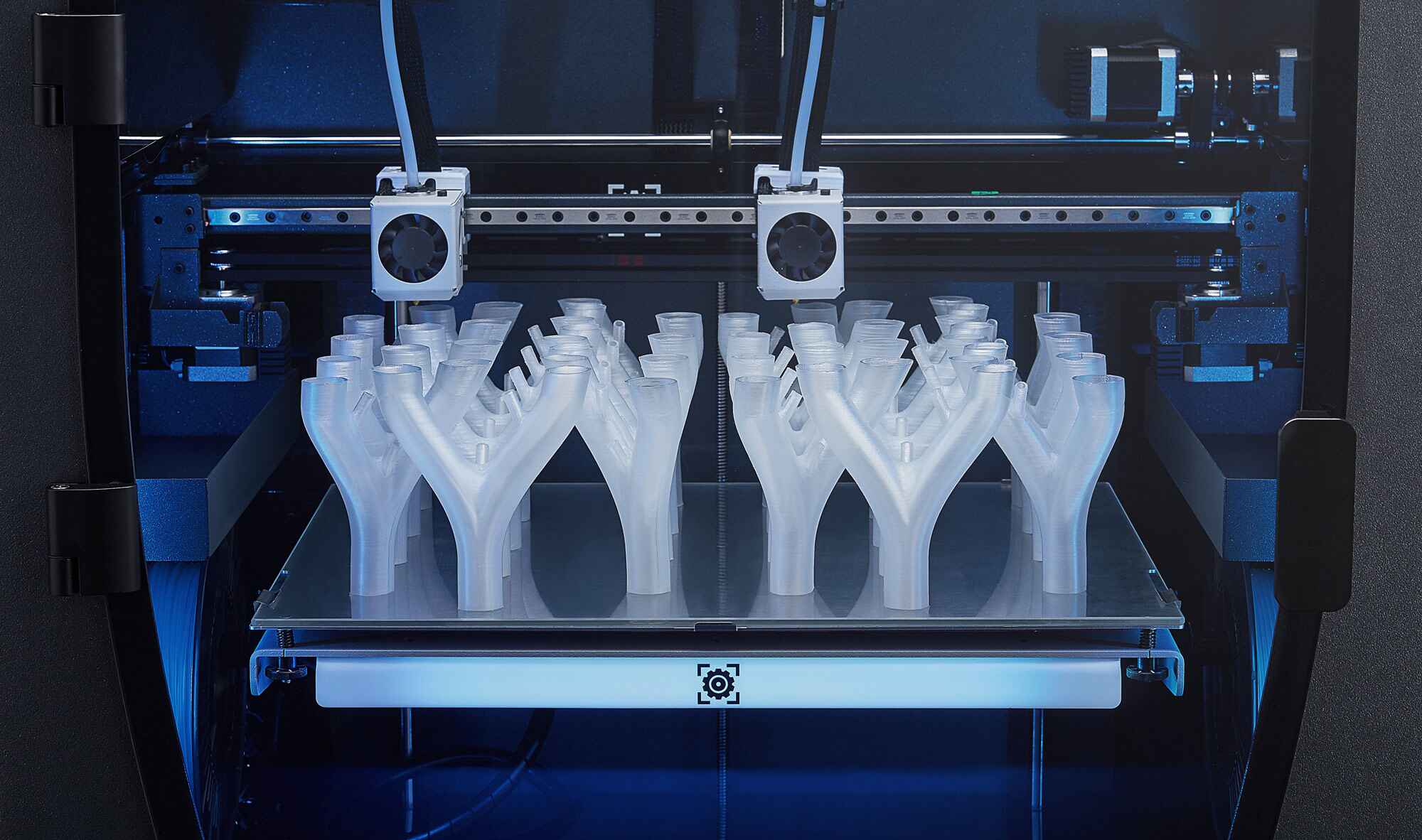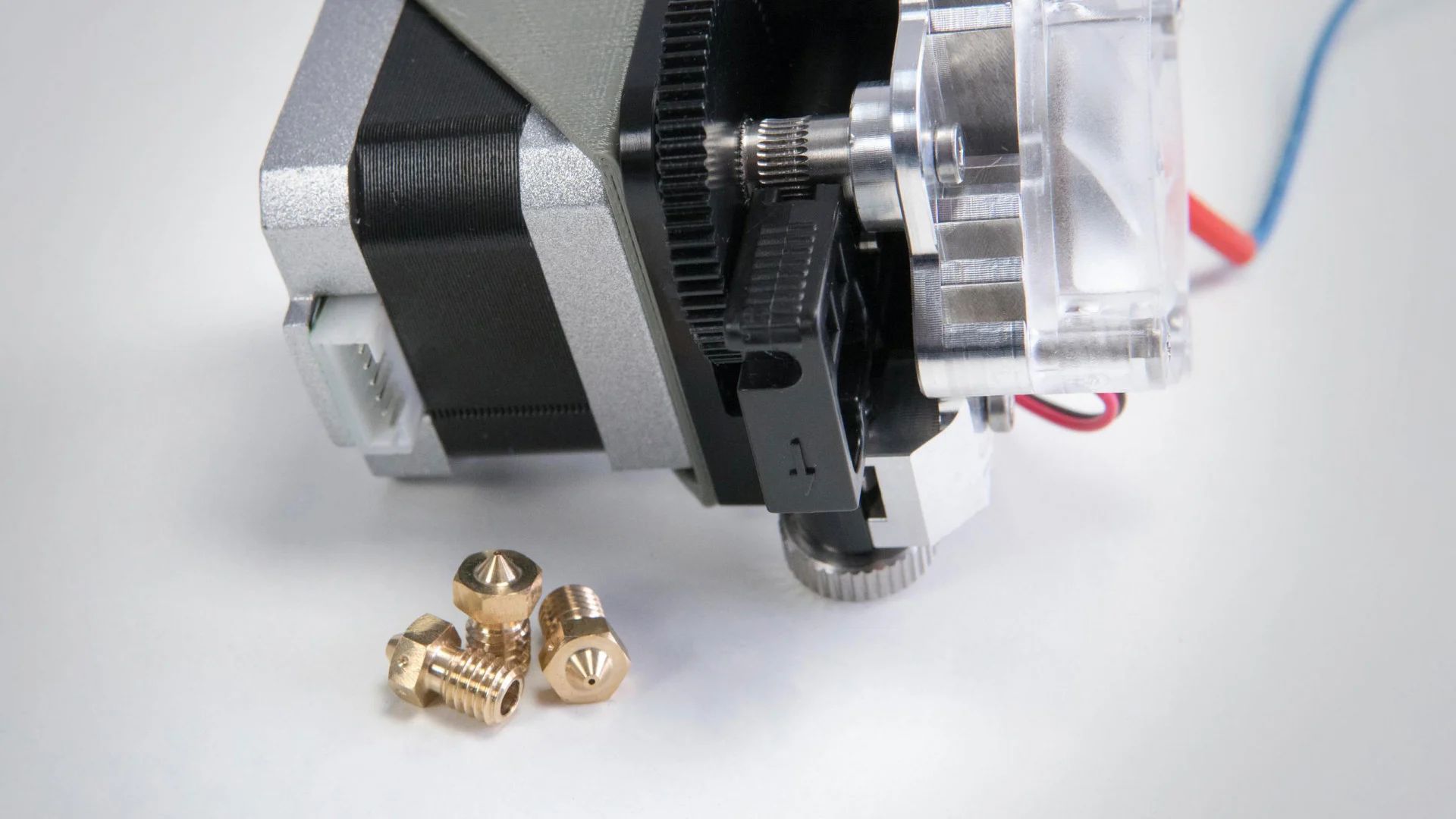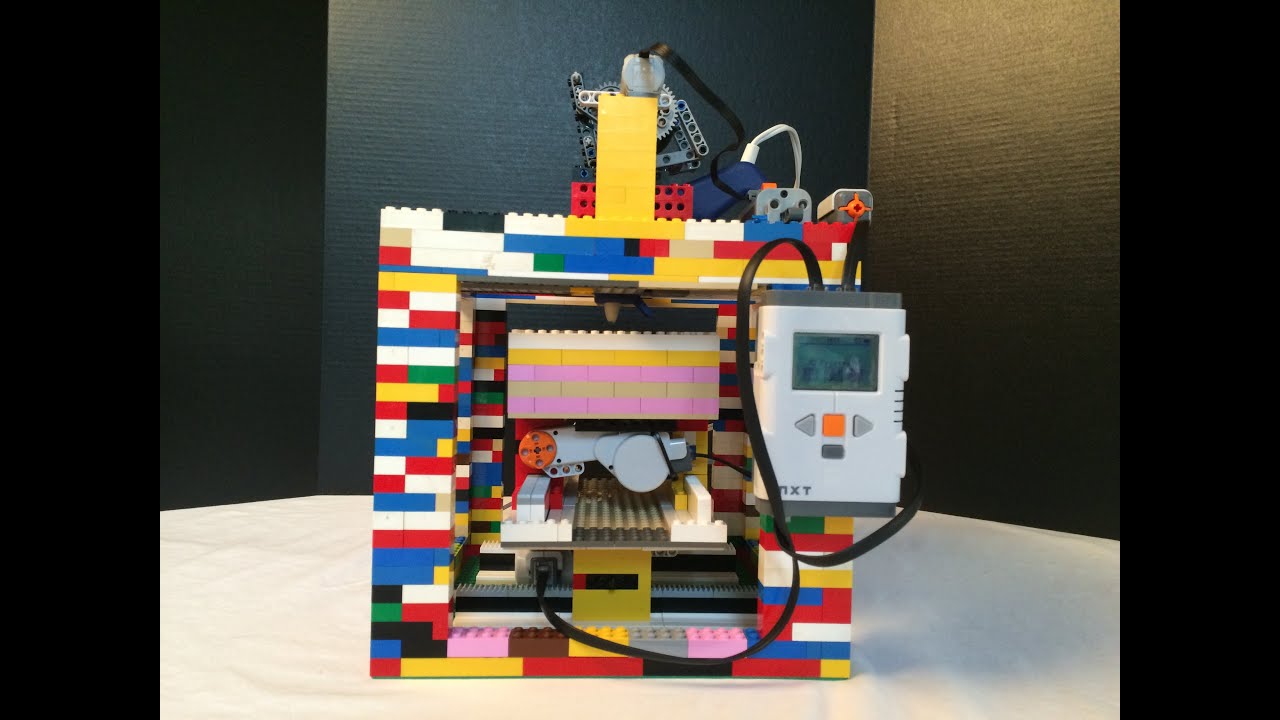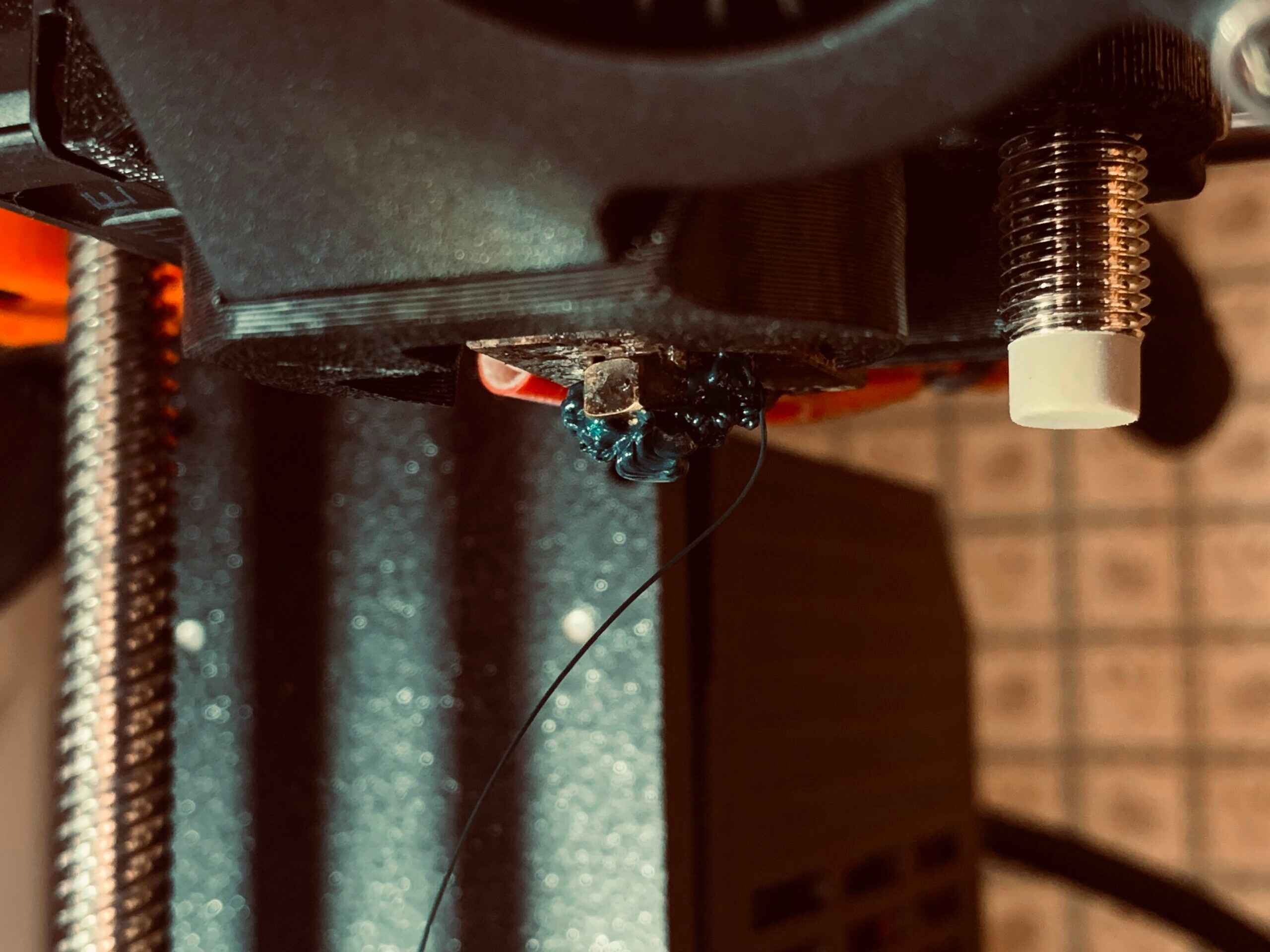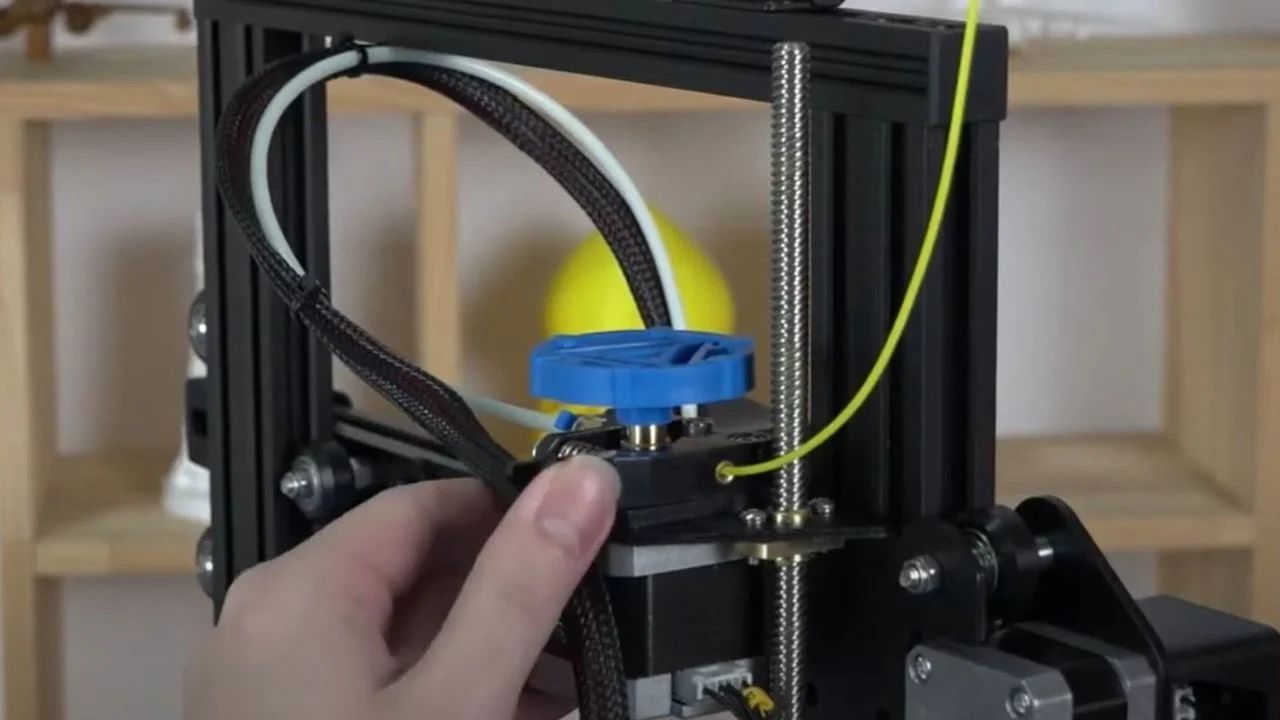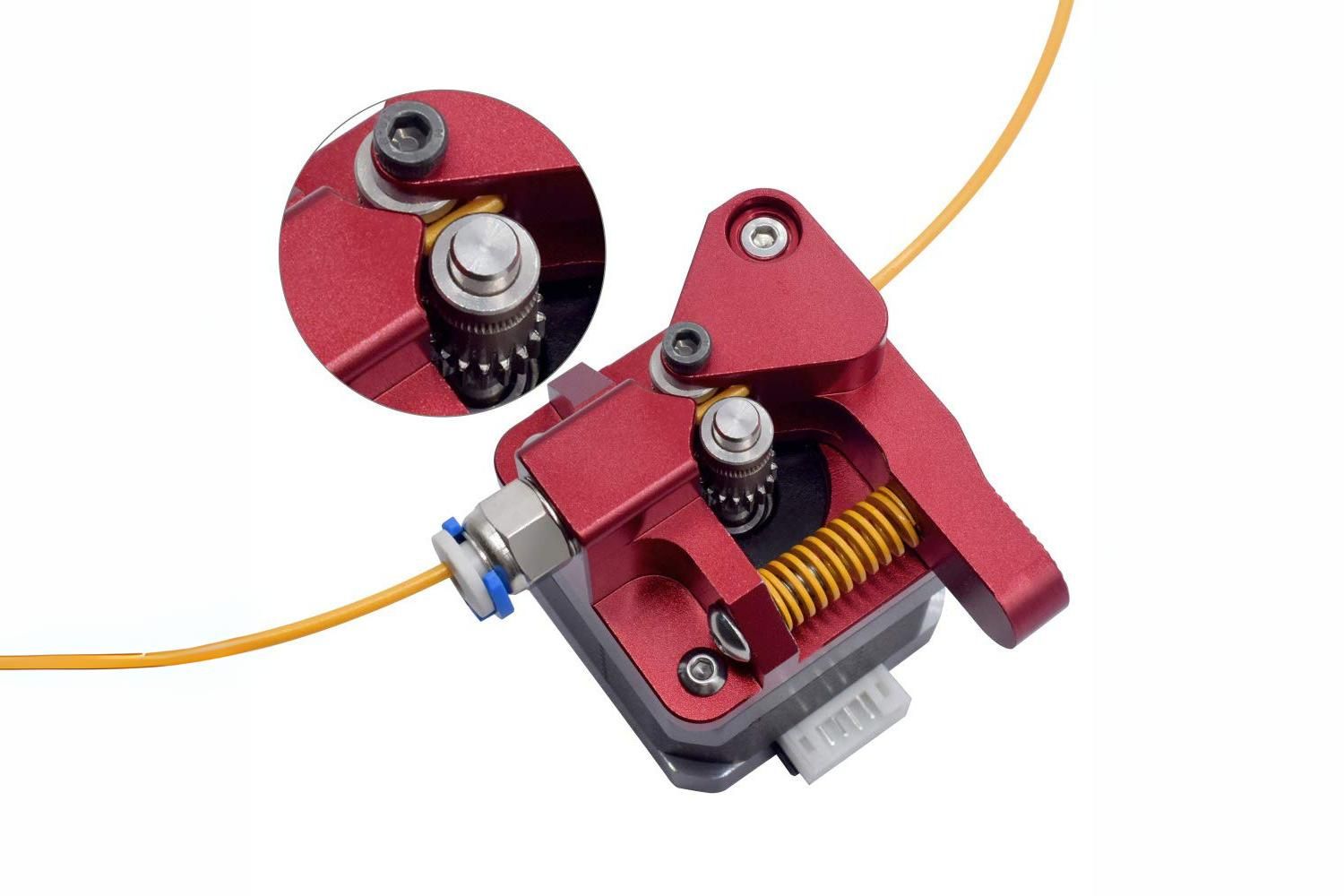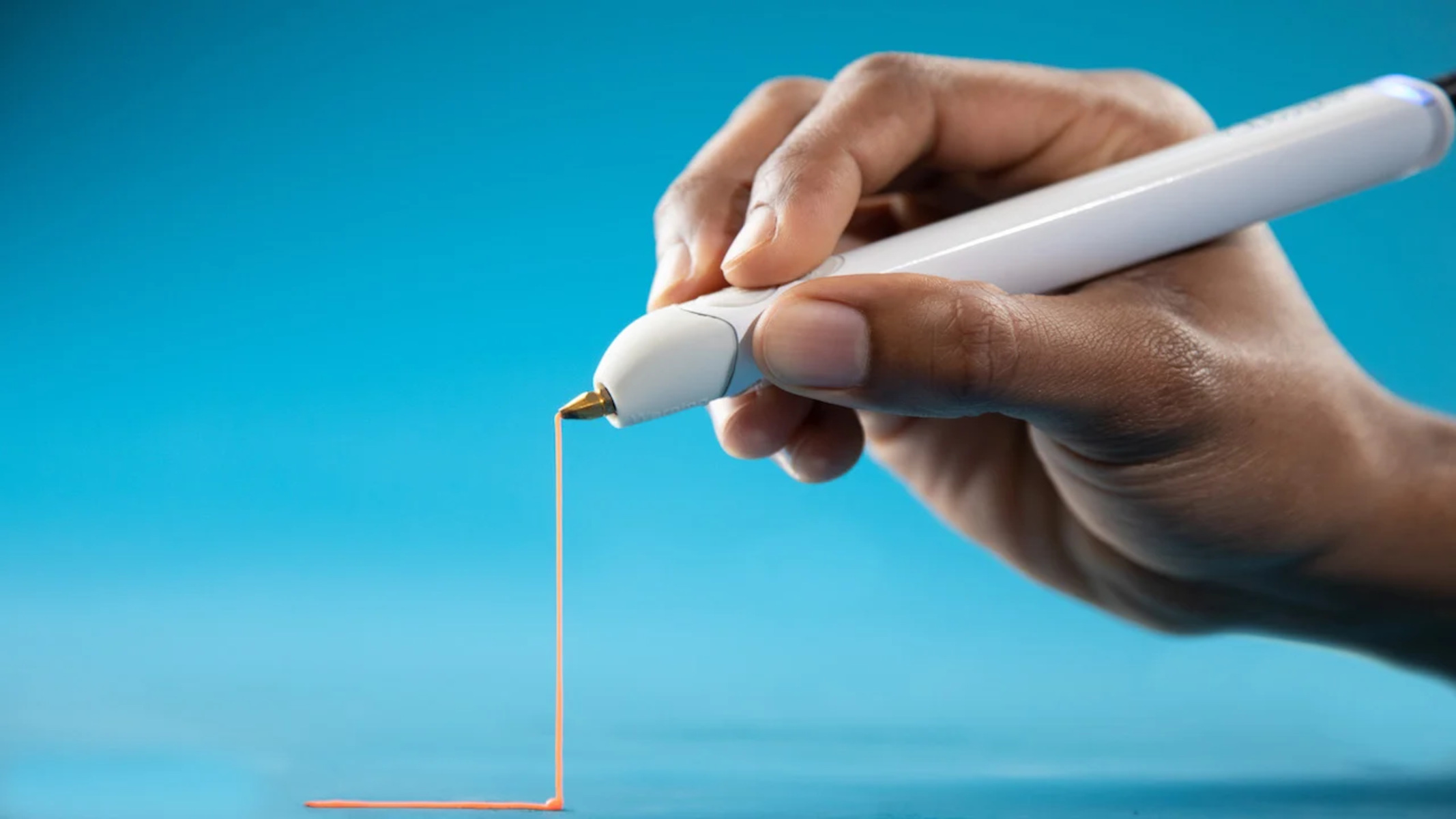Introduction
A 3D printer is an innovative device that has revolutionized various industries, from manufacturing to healthcare. It allows for the creation of three-dimensional objects by building layer upon layer of material. While there are many components that make up a 3D printer, one of the most crucial is the extruder.
The extruder is responsible for melting and extruding filament, controlling filament flow and speed, and layer-by-layer building. This article will delve into the function of the extruder in a 3D printer and the pivotal role it plays in the printing process.
Understanding the basic components and functions of a 3D printer will provide insights into the significance of the extruder. By examining its inner workings, we can grasp its importance in ensuring the accuracy, precision, and quality of the printed objects. Whether you are a 3D printing enthusiast or simply curious about this cutting-edge technology, this article will shed light on the function and importance of the extruder in a 3D printer.
Basic Components of a 3D Printer
Before diving into the function of the extruder, let’s familiarize ourselves with the basic components of a 3D printer. Understanding these components will provide a context to better comprehend the role of the extruder.
A typical 3D printer consists of the following key components:
- Frame: The frame provides structural support and stability to the printer, ensuring that the printing process remains accurate and reliable.
- Motors: Motors are responsible for controlling the movements of various parts of the printer, such as the extruder and the print bed.
- Print Bed: The print bed is the surface upon which the object is built. It provides a stable platform for the layers of material to adhere to.
- Nozzle: The nozzle is a small opening through which the melted filament is extruded. It plays a crucial role in determining the precision and resolution of the printed object.
- Filament: Filament is the material used for 3D printing. It is typically a long, thin thread-like material, often made of plastic or other materials such as metal or wood.
- Extruder: The extruder is the component we will be focusing on in this article. It is responsible for melting and extruding the filament, controlling the flow and speed of the filament, and building the object layer by layer.
- Control Board: The control board is the brain of the 3D printer. It receives instructions from the computer and translates them into movements and commands for the various components.
- Software: Software is used to design and prepare the 3D model that will be printed. It converts the model into instructions that the 3D printer understands.
Each of these components works harmoniously to bring a 3D model to life. The extruder, as we will explore in the next section, plays a vital role in the actual printing process.
What Is an Extruder?
The extruder is a fundamental component of a 3D printer that is responsible for the melting and extrusion of filament, which is the material used to create the printed object. It is essentially a motor-driven mechanism that pushes the filament into a hot zone where it melts and is then deposited onto the print bed.
The extruder consists of several key parts:
- Hotend: The hotend is the upper part of the extruder where the filament is melted. It typically contains a heating element and a temperature sensor to ensure precise control over the melting process.
- Drive Mechanism: The drive mechanism, often referred to as the extruder motor, is responsible for pushing the filament into the hotend. It applies the necessary force to ensure a consistent flow of filament.
- Filament Path: The filament path is the route the filament takes from the spool to the hotend. It is designed to minimize friction and ensure smooth filament flow.
- Extruder Gear: The extruder gear is a small gear that grips the filament and feeds it into the hotend. It is usually driven by a stepper motor to provide precise control over filament advancement.
- Cooling Fan: The cooling fan is located near the hotend and is used to rapidly cool down the molten filament after it has been deposited onto the print bed. This helps to solidify the material and maintain the shape of the printed object.
The extruder is a highly precise and intricate component that requires careful calibration and adjustment. Its main function is to ensure the controlled and consistent flow of filament, enabling the 3D printer to accurately build the desired object layer by layer.
In the next section, we will explore how the extruder works and its role in the printing process.
How Does an Extruder Work?
Understanding the inner workings of an extruder is key to comprehending its function in a 3D printer. The extruder’s primary goal is to melt the filament and control its flow to build the desired object layer by layer.
Here is a step-by-step breakdown of how an extruder works:
- Step 1: Filament Loading: The 3D printer operator or user loads the filament onto the printer, typically on a spool. The filament is fed through the filament path and into the extruder.
- Step 2: Filament Gripping: The extruder gear, driven by a motor, grips the filament and advances it towards the hotend of the extruder. The gear’s teeth bite into the filament, allowing for precise control over filament movement.
- Step 3: Filament Melting: As the filament advances, it reaches the hotend of the extruder. The hotend contains a heating element that raises the temperature to the melting point of the filament. The filament gradually melts into a molten state.
- Step 4: Filament Extrusion: Once the filament reaches its molten state, it is pushed out of the nozzle, which is a small opening at the end of the hotend. The extruder motor continues to advance the filament, ensuring a consistent flow and extrusion rate.
- Step 5: Layer-by-Layer Building: The molten filament is deposited onto the print bed, guided by the printer’s movements and instructions from the control board. The extruder continues to extrude filament, layer by layer, until the entire object is created.
The extruder’s ability to precisely control the filament flow and its interaction with the hotend and nozzle plays a crucial role in maintaining the accuracy and quality of the printed object. It ensures that the molten material is released at the right time and in the right amount, resulting in the desired shape and structure.
In the next section, we will explore the main functions of the extruder in more detail.
Main Functions of the Extruder
The extruder in a 3D printer serves several important functions that are essential for the successful printing of objects. Understanding these functions will provide insight into the significance of the extruder’s role in the printing process.
Here are the main functions of the extruder:
- Melting and Extruding Filament: The primary function of the extruder is to melt the filament and extrude it through the nozzle. The extruder’s hotend heats the filament to its melting point, allowing it to flow in a molten state. The extruder’s drive mechanism controls the rate and speed at which the filament is extruded, ensuring a consistent flow.
- Controlling Filament Flow and Speed: The extruder plays a crucial role in controlling the flow and speed of the filament. By using precise stepper motor control and gear mechanisms, the extruder determines the amount of filament that is pushed through the hotend and deposited onto the print bed. This control is vital in maintaining accuracy, layer adhesion, and avoiding over or under-extrusion.
- Layer-by-Layer Building: The extruder’s ability to deposit the molten filament in a controlled manner enables the layer-by-layer building process. As each layer is printed, the extruder moves horizontally and vertically to create the desired shape and structure of the object being printed.
These functions work together seamlessly to ensure the extruder’s accuracy and reliability in the 3D printing process. The precision with which the extruder can melt, extrude, and control the filament flow is crucial to achieving high-quality printed objects.
Next, we will explore the process of melting and extruding filament in more detail.
Melting and Extruding Filament
One of the primary functions of the extruder in a 3D printer is to melt the filament and extrude it through the nozzle. This process is crucial in transforming the solid filament into a molten state that can be accurately deposited to build the printed object.
The extruder achieves the melting and extrusion of filament through the following steps:
- Filament Loading: The filament is loaded into the extruder and guided through the filament path towards the hotend.
- Heating the Filament: As the filament reaches the hotend, it enters a heated chamber where the temperature is raised to melt the thermoplastic material. The hotend typically contains a heating element, such as a resistor, that generates the necessary heat.
- Melting Point: Different types of filament have different melting points. The temperature of the hotend is precisely controlled to reach and maintain the specific melting point of the filament being used. This ensures that the filament melts evenly without degrading or burning.
- Extrusion: Once the filament has reached its molten state, it is pushed or extruded through the nozzle at the end of the hotend. The extruder motor applies pressure to the filament, forcing it through the narrow opening of the nozzle. The diameter of the nozzle determines the thickness of the extruded filament, commonly referred to as the line width or extrusion width.
- Layer Building: The extruder continues to extrude the molten filament layer by layer onto the print bed, guided by the printer’s movements and instructions. As each layer cools and solidifies, the extruder deposits the subsequent layers, gradually building the printed object.
It is essential for the extruder to maintain precise temperature control throughout the melting and extrusion process. This ensures consistent filament flow and deposition, resulting in accurate and well-formed printed objects.
The extruder’s ability to effectively melt and extrude filament is instrumental in creating intricate and complex designs. The controlled flow of molten material allows for precise layer adhesion, ensuring that each layer bonds seamlessly with the previous one.
In the next section, we will explore how the extruder controls the flow and speed of the filament.
Controlling Filament Flow and Speed
An important function of the extruder in a 3D printer is to control the flow and speed of the filament. This control is crucial in achieving accurate and consistent extrusion, ensuring the quality and integrity of the printed object.
The extruder achieves this control through various mechanisms and components:
- Extruder Gear: The extruder gear, driven by a stepper motor, plays a key role in controlling the flow of filament. The gear bites into the filament and advances it towards the hotend. By adjusting the rotational speed of the gear, the extruder can control how much filament is pushed through the hotend, thus regulating the flow rate.
- Extrusion Multiplier: The extrusion multiplier is a calibration factor that controls the amount of filament that is extruded. It allows for fine-tuning of the extrusion rate, compensating for any inconsistencies in filament diameter or other factors. By adjusting the extrusion multiplier, the extruder can ensure that the desired amount of filament is deposited onto the print bed for each layer.
- Layer Height and Speed: The extruder’s control over flow and speed is further enhanced by the printer’s settings for layer height and print speed. The layer height determines the thickness of each printed layer, while the print speed determines the rate at which the extruder moves. These settings, along with the extrusion multiplier, allow for precise control over filament deposition and the overall print quality.
- Temperature Control: Temperature plays a crucial role in filament flow and extrusion. By precisely controlling the temperature of the hotend, the extruder ensures that the filament reaches its melting point and maintains the desired consistency. Temperature variations can affect the filament’s viscosity and flow, making temperature control vital for consistent and reliable extrusion.
The ability to control filament flow and speed allows the extruder to maintain accurate layer deposition and consistent extrusion throughout the printing process. This control is essential for ensuring proper layer adhesion, avoiding under or over-extrusion, and achieving the desired dimensional accuracy of the printed object.
Next, we will explore the layer-by-layer building process that the extruder enables in a 3D printer.
Layer-by-Layer Building
Layer-by-layer building is a fundamental process enabled by the extruder in a 3D printer. It involves the systematic deposition of material, layer upon layer, to create a three-dimensional object.
The extruder plays a pivotal role in the layer-by-layer building process through the following steps:
- Model Slicing: Before the printing process begins, a 3D model of the desired object is sliced into a series of horizontal layers. Each layer represents a cross-section of the final object.
- Filament Extrusion: The extruder advances the filament and extrudes it through the nozzle, depositing a thin line of molten material onto the print bed. The extruder’s precise control over filament flow, speed, and layer height ensures accurate placement of the material for each layer.
- Horizontal Movement: The extruder, along with the print bed or build plate, moves horizontally based on the instructions from the control board. This movement allows the extruder to create the desired shape and form of each layer.
- Vertical Movement: After completing a layer, the extruder, along with the print bed or build plate, moves vertically to position itself for the next layer. This vertical movement ensures proper layer alignment and helps in creating complex geometric shapes.
- Repeat Process: The extruder repeats the process of filament extrusion, horizontal movement, and vertical movement for each subsequent layer. This repetition of layer deposition gradually builds the object from the ground up.
- Layer Adhesion and Cooling: As each layer is deposited, it bonds with the previous layer, creating a solid and cohesive object. The extruder’s ability to control filament flow and speed, along with proper cooling mechanisms, ensures strong layer adhesion and prevents warping or deformation of the printed object.
The layer-by-layer building process facilitated by the extruder allows for the creation of complex and intricate objects with precise details. This process enables the translation of digital 3D models into physical objects, offering endless possibilities for various industries, including manufacturing, prototyping, and even medical applications.
In the next section, we will explore different types of extruders used in 3D printers.
Types of Extruders
In the world of 3D printing, different types of extruders are utilized depending on the specific requirements of the printing process. Each type offers unique features and capabilities, enabling users to achieve various levels of precision, speed, and material compatibility. Here are some commonly used types of extruders:
- Bowden Extruder: Bowden extruders are designed with a separate motor and extruder assembly. The motor is positioned away from the hotend, and a tube guides the filament from the motor to the hotend. This setup reduces the moving mass on the extruder carriage, allowing for faster movement and more precise printing. Bowden extruders are ideal for printing flexible filaments and can be found in many consumer-grade 3D printers.
- Direct Drive Extruder: Direct drive extruders have the motor and extruder assembled together near the hotend. This design eliminates the need for a separate feeding tube, resulting in better control over filament retraction and reducing the risk of filament jams. Direct drive extruders are commonly used for printing with a wide range of materials, including those that require higher temperatures and greater precision.
- Dual Extruder: Dual extruders feature two independent extruders, allowing for the simultaneous printing of multiple materials or colors. This capability opens up new possibilities for creating complex and multi-colored objects. With a dual extruder setup, it becomes possible to print supports or soluble materials that can be easily removed after printing, expanding the design freedom.
- Paste Extruder: Paste extruders are specifically designed to handle viscous materials such as pastes, gels, or even food substances. These extruders have a larger nozzle and are optimized to extrude materials with higher viscosities, enabling the creation of objects with unique textures and properties. Paste extruders find applications in areas such as ceramics, food printing, and bio-printing.
- Pellet Extruder: Pellet extruders are designed to work with plastic pellets instead of traditional filament spools. These extruders melt plastic pellets, allowing for more cost-effective and efficient 3D printing. They are commonly used in industrial applications where large-scale printing is required and cost optimization is essential.
These are just a few examples of the various types of extruders used in 3D printing. Each type offers its own advantages and limitations, catering to different printing needs and materials. Understanding the differences between these extruders allows users to choose the one that best suits their specific requirements and goals.
Now that we have explored the types of extruders, let’s conclude the article with a summary of the key points discussed.
Conclusion
The extruder is a vital component in a 3D printer, responsible for the precise melting and extrusion of filament, controlling filament flow and speed, and layer-by-layer building of the printed object. It plays a crucial role in ensuring the accuracy, quality, and reliability of the printing process.
By understanding the basic components of a 3D printer and the inner workings of the extruder, we gain valuable insights into how this technology functions. The extruder’s ability to melt and extrude filament, coupled with its control over flow and speed, allows for the creation of intricate and complex designs with high precision.
Throughout this article, we have explored the main functions of the extruder, including melting and extruding filament, controlling filament flow and speed, and enabling the layer-by-layer building process. We have also touched upon different types of extruders that cater to specific printing requirements and materials.
With the continuous advancements in 3D printing technology, extruders have become more sophisticated and versatile, opening up new possibilities for innovation and creativity. From consumer-grade printers to industrial-scale machines, the extruder remains a critical component that drives the functionality and capability of 3D printing.
Whether you are an enthusiast exploring the world of 3D printing or a professional seeking to leverage this technology for practical applications, understanding the function and importance of the extruder in a 3D printer is essential. It lays the foundation for successful printing and empowers users to bring their ideas to life.
As the field of 3D printing continues to evolve, the extruder will undoubtedly play a key role in pushing the boundaries of what can be achieved. From intricate prototypes to customized products, the extruder continues to shape the future of manufacturing, design, and innovation.







